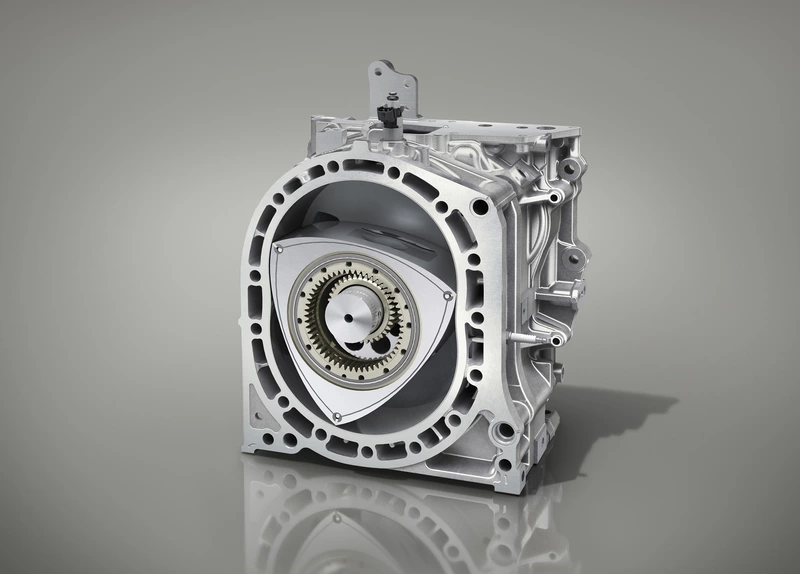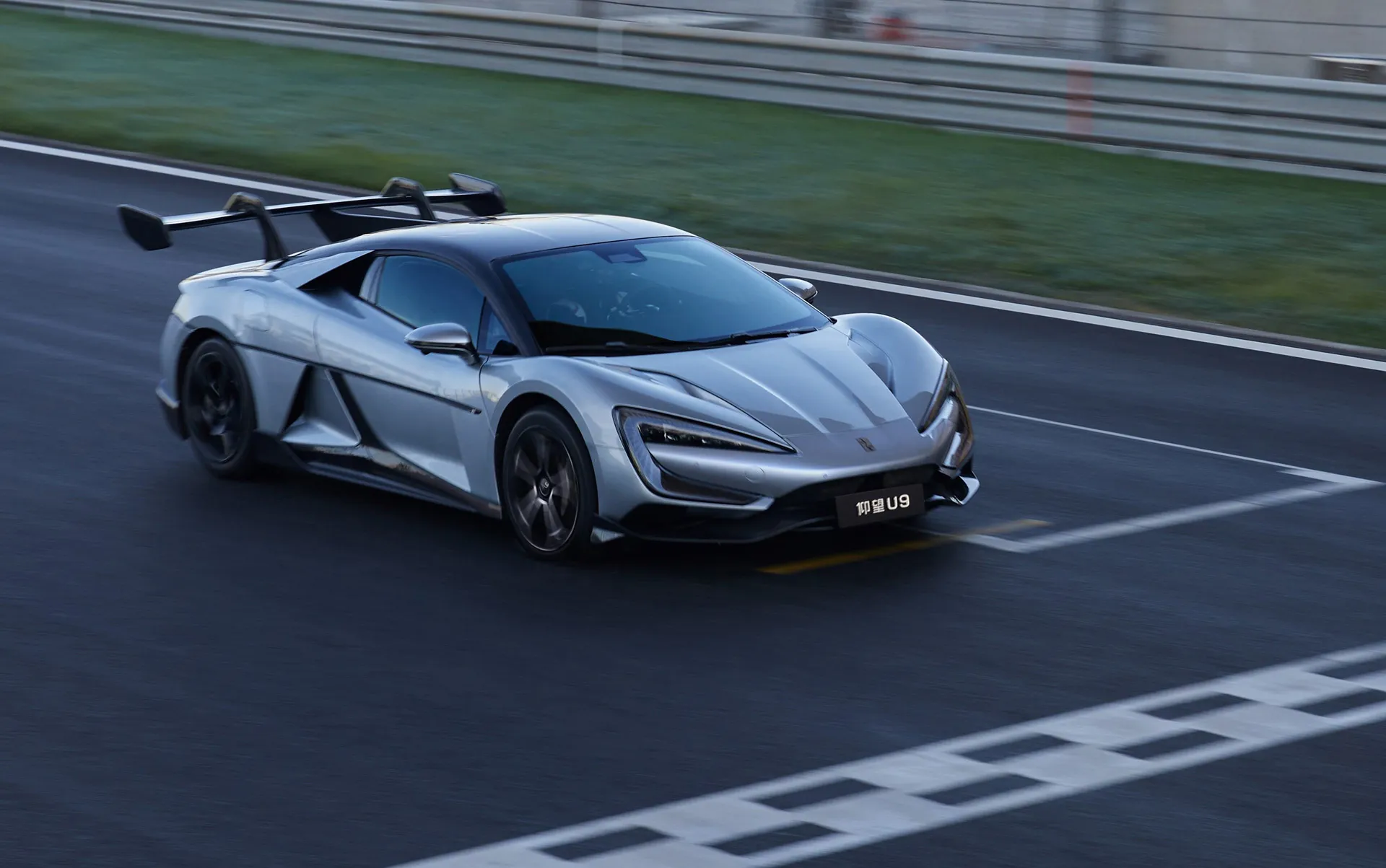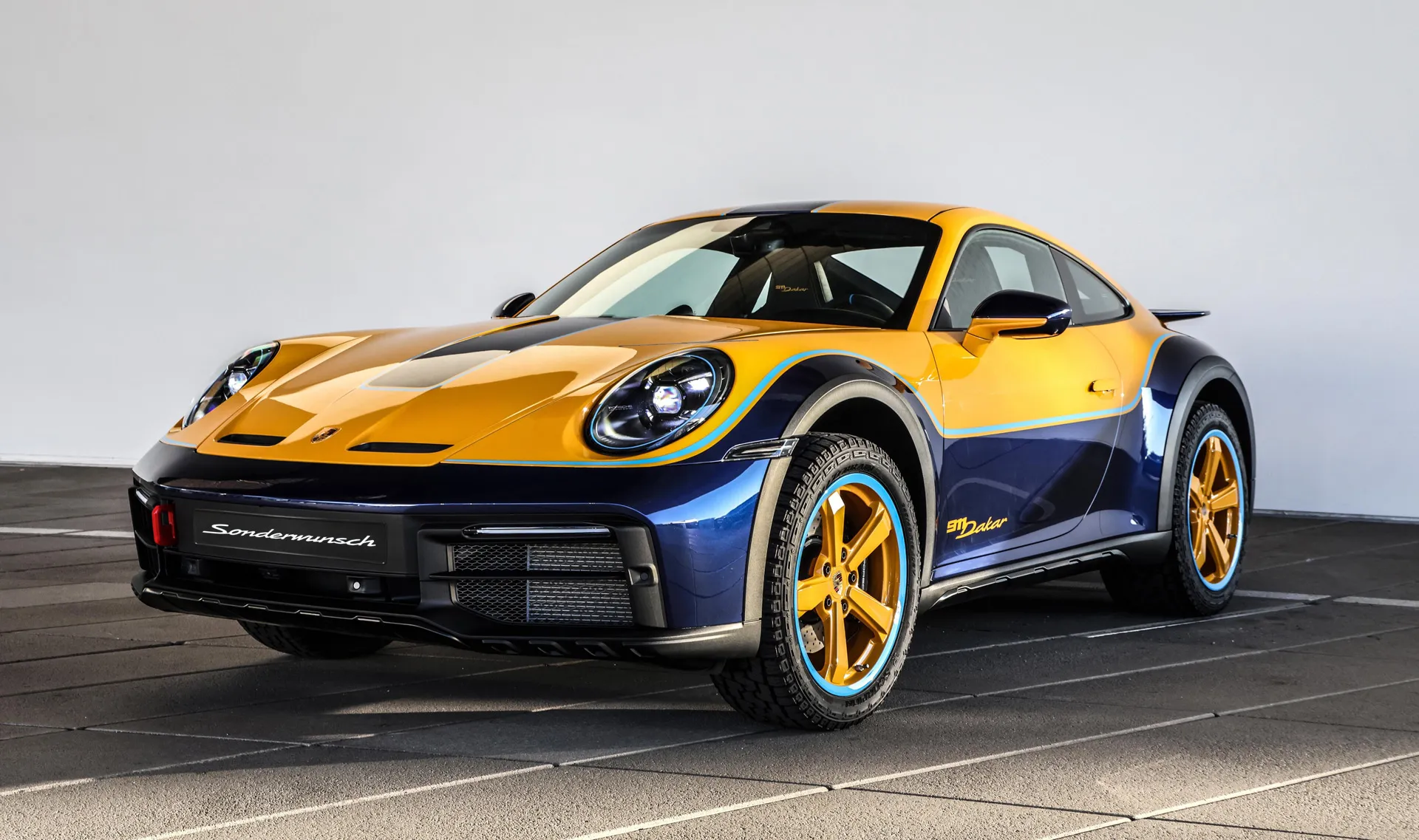Mazda MX-30 EV to be Powered by Rotary Engine

Mazda on Friday unveiled a modern vehicle powered by a rotary engine at the 2023 Brussels Motor Show.
The engine is a compact single-rotor design with a displacement of 0.83 liters and will serve as a range extender in the new R-EV variant of Mazda's compact MX-30 electric crossover.
The engine is mounted directly to the generator and electric motor that drive the MX30 R-EV's front wheels, all of which are located in the vehicle's engine bay. Since the engine does not drive the wheels, it is free to operate in the rpm range best suited for power and emissions. The engine is used only to generate electricity, to charge the battery or to drive the electric motor during strong acceleration.
The driver can choose between Normal, EV, and Charge modes. Normal mode activates the rotary whenever needed, while EV mode draws power from the battery only whenever possible. Charge mode is a mode that always ensures a minimum battery charge, which the driver can set in 10% increments. This is useful when drivers enter areas where only EV driving is permitted, which may be introduced in some cities in the future.
Sales of the MX-30 R-EV are set to begin in Europe in the spring, but no U.S. sales have been announced; Green Car Reports reports that the MX-30 R-EV will not be introduced in the U.S., at least initially, as Mazda is focused on other vehicles.
The MX-30 R-EV has a small 17.8 kwh battery, half the size of the 35.5 kwh battery found in the regular MX-30. When the battery is fully charged and the 13.2-gallon gas tank is filled, Mazda estimates the MX-30 R-EV's range to be over 400 miles; another advantage of the R-EV is that it delivers 167 hp, compared to 143 hp in the regular MX-30.
Although Mazda did not invent the rotary engine (that honor goes to German engineer Felix Wankel), it has had a special place in Mazda's heart since 1967, when it launched its first rotary-powered model in the form of the Cosmo 110S Mazda's first rotary engine model was the Cosmo 110S in 1967. Although Mazda built only 1,176 of these sports cars between 1967 and 1972, the rotary engine continued to appear in sedans, racing cars, and even a 26-passenger bus, as it was used in the RX-7 and RX-8 sports cars, rotary became present in the minds of many Americans.
Problems such as poor fuel economy and emissions have plagued rotaries and are the main reason Mazda has not offered rotaries since the RX-8's production ended in 2012.
The challenge of reducing emissions from rotary engines means that it is unlikely that a rotary-powered sports car will return to the market unless Mazda somehow develops an electrified version that meets ever-stricter emissions regulations, judging from Mazda's recent patent This means that the rotary engine sports car is unlikely to return to the market.
Mazda plans to introduce some form of electrification in all models in its lineup by 2030. This is part of Mazda's overarching goal of reducing emissions by 90% from 2010 levels by 2050.


